Zombie Virus on Mulberry Street
Introduction
'Zombie' is one of the most abused terms in the horror lexicon. As far as I can see, there are only a few true zombie films: White Zombie, Plague of the Zombies and Zombi 2 (AKA Zombie Flesh Eaters) as these use the correct definition for a zombie which is a human corpse reanimated by a voodoo ritual.
Zombie Virus on Mulberry Street is more like 28 Days Later, which acknowledged that the creatures were 'infected' and didn't use the 'Z' word. In the case of Jim Mickle's film, the 'Z' word is never uttered (unsurprisingly as the film was released in the US just with the title Mulberry Street), all the characters in Mulberry Street know is that rats have started attacking people and begun spreading a disease throughout Manhattan which makes the infected humans violent and capable of human-to-human transmission.
It begins in a veteran's hospital where ex-servicemen and women from various conflicts, from Vietnam to Gulf War 2, live and take care of one another. It is part of a tenement block where others live who are not vets. The building has been bought by a corporation and the six residents handed eviction notices so they have to try and see out the outbreak whilst living on the streets and taking refuge in the bar in which one of them, Kay, works. There they can follow events on the big screen but it's harder to spot an infected human than it seems and it doesn't help when rats are able to gain access. Meanwhile, one of the tenants, Clutch, is waiting for news of his daughter Casey who's just returned from her tour of duty in Iraq and is trying to get across New York to be with her father.
Mulberry Street is the directorial debut of Jim Mickle, a man who has made his living in numerous projects as a storyboard artist and electrical engineer (or 'grip', to use the industry term) and he co-wrote the film with Nick Damici, who also plays Clutch.
Video
This is a very well shot film with the odd camera angles used to keep you unsettled and frequent cuts to rats in gutters and the streets to emphasise the extent of the problem. Employing television footage of the disaster, just as in Cloverfield, allows Mickle to show the extent of the outbreak without the expense of going out and filming all across New York and spending money he didn't have - it's a clever narrative trick.
The 'rat people' are only fleetingly shown which adds to their impact and any rather unconvincing makeup that might spoil the effect; the result is some effective jumps and a sense of dread.
Audio
The DD 5.1 track uses the surrounds to good effect, presents the dialogue clearly and contains a decent mix of source music and score. There are good English HoH subtitles available which tell you what music is playing and the lyrics, should you feel like joining in!
Extra Features
It's more of a case of quantity over quality, with half a dozen different things, but none running at more than three minutes each. There are some interesting looks at the development of the makeup and how the rats were filmed, but nothing breathtaking.
Conclusion
As I have said in other reviews, I like my serious horror films to mean something and have something to say about the society in which they were made and, thankfully, this is the case here. Using post-9/11 paranoia and the ongoing conflict in Iraq as a backdrop, the film plays on the quite realistic fear of rat-borne diseases, particularly relevant as rat numbers are so high in contemporary metropolitan areas and one could even read the swine-flu pandemic into the subtext but, as this was made three years ago, I doubt Nick Damici and Jim Mickle foresaw that! The most telling exchange is at a station where Casey's on the phone and a man approaches her and asks if the bag behind her is hers as people are uneasy when they see unattended luggage.
It's always interesting to review a low-budget film as sometimes the financial constraints show and the film suffers and other times it doesn't. With Mulberry Street I never felt it was a low-budget picture and only realised that it was tightly funded when the credits rolled which showed that the lead was one of the co-writers, Jim Mickle's family were involved in one way or another, producer Adam Folk plays Matthew and there are other cross-overs between the cast and crew. They obviously knew what they were doing and acquitted themselves well in both roles, having been involved from the start.
What prevents this from joining the ranks of the great zombie movies is the lack of characterisation - you only get to know the names of a few people, others aren't particularly well-written so you are left with people in a situation that you don't really know any better at the end than at the beginning.
All this said, I really liked this and, unusually for me, watched it twice prior to writing this review. It's one that horror fans should really check out as it is a decent watch with good scares and interesting social commentary. There's obviously more to Jim Mickle than drawing and wiring!
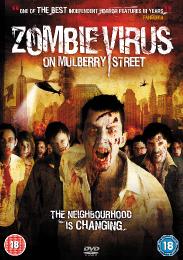
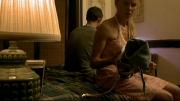
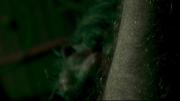
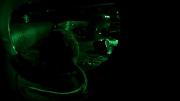
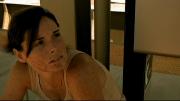
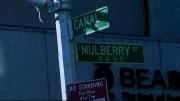
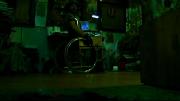
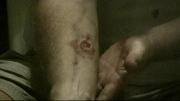



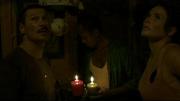
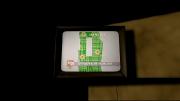
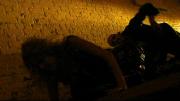
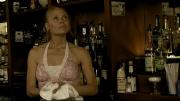
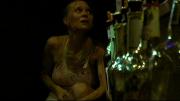




































Your Opinions and Comments
Be the first to post a comment!